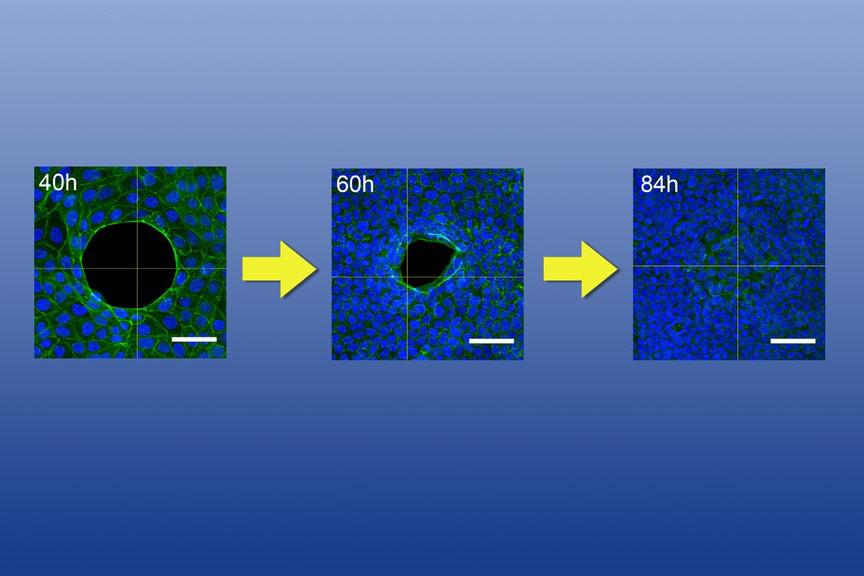Read the latest news about research conducted by investigators in the College of Earth and Mineral Sciences. Our faculty and students are continually advancing technology, creating solutions and expanding knowledge with new and innovative research.
News
Trees, crops and other vegetation in the midwestern United States act as large carbon sinks during summer, taking in carbon dioxide (CO2) and limiting the amount of the greenhouse gas that enters the atmosphere.
Firefighters battling wildfires in the western United States use a variety of suppression tactics to get the flames under control.
New research reveals how residents in one community returned to their routines as COVID-19 restrictions lifted, according to a team of Penn State scientists.
A newly discovered fossil deposit near Kunming, China, may hold the keys to understanding howv organisms laid the foundations for life on land and at sea today, according to an international team of researchers.
Measuring ethane in the atmosphere shows that the amounts of methane going into the atmosphere from oil and gas wells and contributing to greenhouse warming is higher than suggested by the U.S. Environmental Protection Agency, according to an international team of scientists.
Penn State will be one of the partners in the National Oceanic Atmospheric Administration’s new Cooperative Institute for Severe and High-Impact Weather Research and Operations (CISHIWRO) hosted by the University of Oklahoma (OU).
Using solar energy to inexpensively harvest hydrogen from water could help replace carbon-based fuel sources and shrink the world’s carbon footprint.
In partnership with the Federal Emergency Management Agency (FEMA) and the Pennsylvania Emergency Management Agency (PEMA), Penn State developed a new flood risk tool for the state of Pennsylvania
The observation of a previously undetected biological mechanism for closing gaps in living tissue improves basic understanding of the wound-healing process and may one day inform strategies to speed healing after surgery, according to a team of Penn State and Singapore researchers.
Six Penn State graduate students involved in materials or engineering research presented a concise rundown of their research, in two minutes or less, for judges from companies including PPG, Corning, Dow and Murata at the finals of the Millennium Café PPG Elevator Pitch Competition on May 18.












